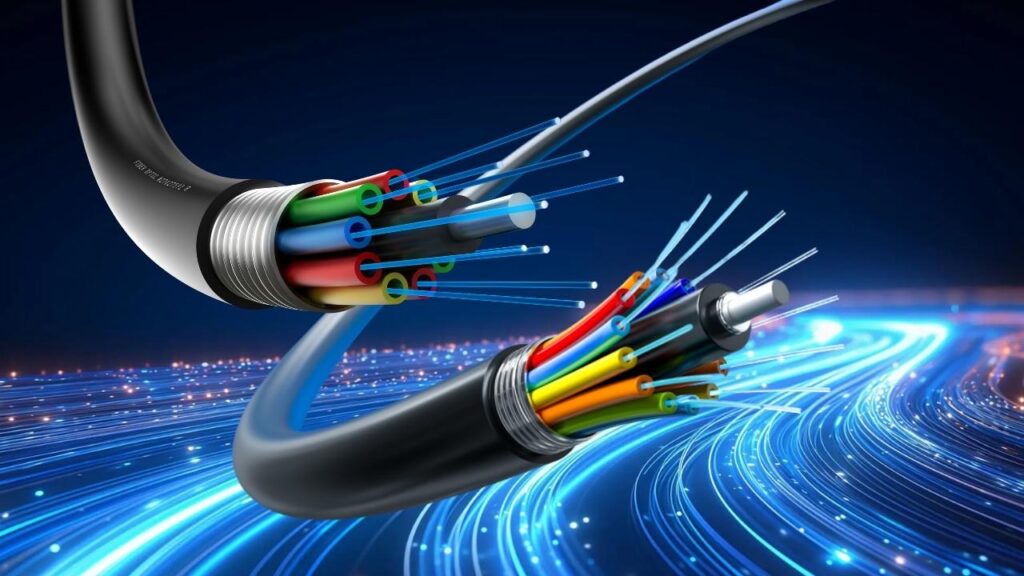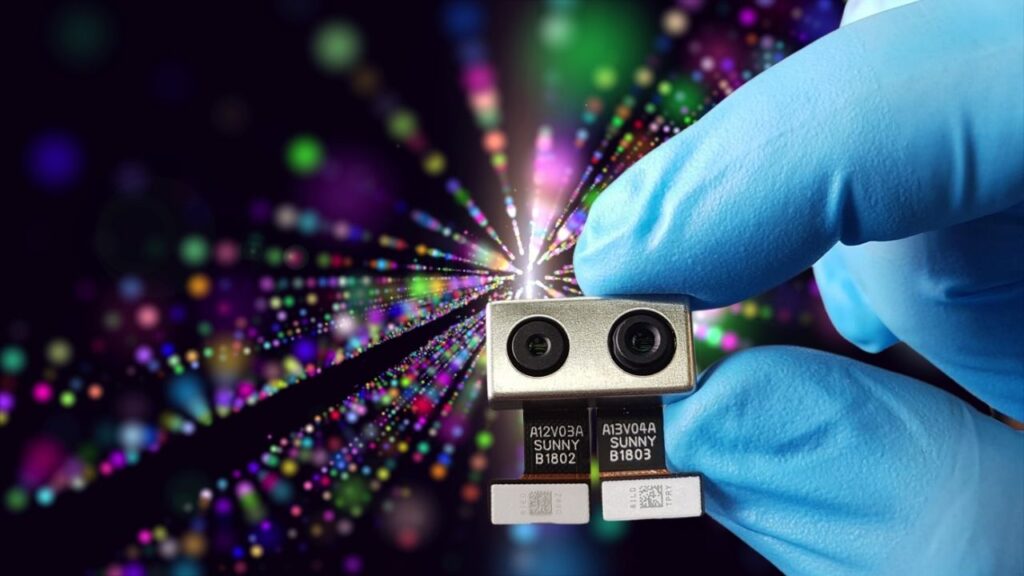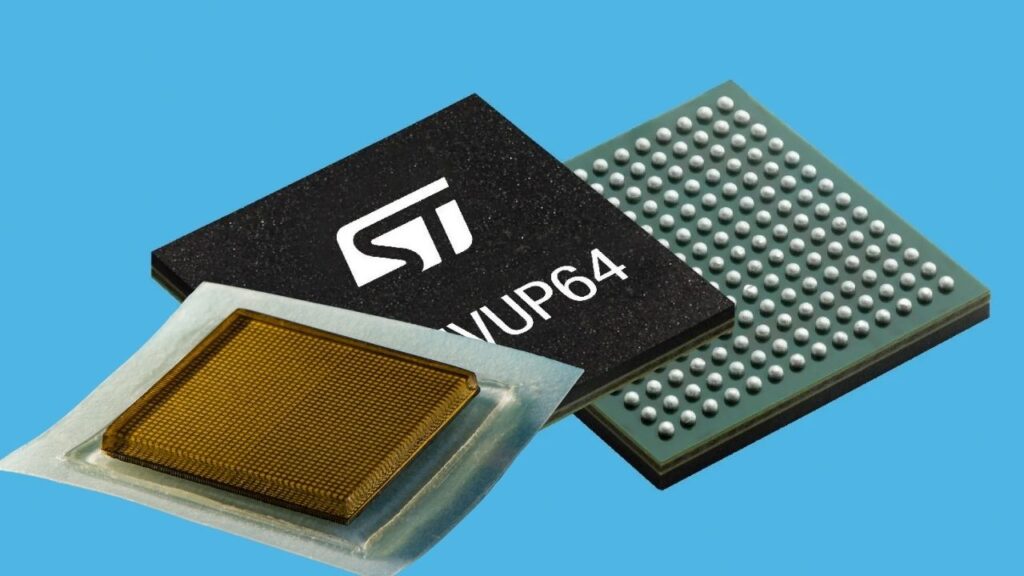Five Ways Photonics is Quietly Powering the Tech You Use Every Day: Photonics—the science of using light (photons) to transmit, detect, and manipulate information—is quietly revolutionizing the technology we rely on every single day. From the smartphones we use to communicate, to the internet that fuels our digital lives, to the medical tools doctors use to diagnose illness, photonics is working silently in the background to make everything faster, smarter, smaller, and more energy-efficient.

While it might sound like a concept pulled from a college physics textbook, photonics is very real, very relevant, and very powerful. It plays a pivotal role in shaping modern society, particularly in the areas of communications, healthcare, consumer electronics, security, and environmental safety. As more industries shift toward digital transformation, the need for speed, data, and efficiency increases—and photonics delivers.
Table of Contents
Five Ways Photonics is Quietly Powering the Tech You Use Every Day
| Aspect | Details |
|---|---|
| Topic | Five Ways Photonics Powers Everyday Tech |
| Definition | Photonics is the science of light (photons) used for data transmission, imaging, sensing, and display technologies |
| Major Use Cases | Internet (fiber optics), smartphones (camera & facial recognition), medical devices (imaging), sensors (environment), displays (LEDs) |
| Key Stats | Over 90% of global internet traffic relies on fiber-optic networks (OECD) |
| Professional Insight | Photonics is a critical enabler of 5G, AI, smart cities, and wearable tech |
| Official Resource | Photonics21 – European Technology Platform for Photonics |
Photonics is the invisible engine driving our digital world. Whether it’s allowing lightning-fast internet, enabling life-saving medical scans, or creating brilliant smartphone displays, photonics is quietly transforming how we live, work, and connect.
As our need for data, speed, and sustainability grows, photonics will become even more central. For professionals, students, and curious minds, understanding photonics isn’t just helpful—it’s essential to staying ahead in a world that’s increasingly lit by light.
What is Photonics and Why Should You Care?
At its core, photonics is the study and application of light—specifically, how we can generate, manipulate, and use photons (light particles) to solve real-world problems. Think of it as the optical cousin of electronics. But instead of using electrons to power circuits and devices, photonics uses light to carry and process information.
This matters because light travels at the fastest known speed in the universe, making photonics-based systems ideal for applications where speed and bandwidth are critical. These systems are often more energy-efficient, compact, and reliable than their traditional electronic counterparts. That’s why industries like telecommunications, defense, space, healthcare, energy, and even agriculture are turning to photonics.
Let’s dive into the five key ways photonics is already enhancing your everyday experiences, even if you’ve never heard of it until now.
1. Fiber-Optic Internet: Lightning-Fast Speeds at Home

Have you ever streamed a 4K movie without buffering or joined a Zoom meeting that didn’t glitch? That’s photonics at work. Fiber-optic photonics allows data to be transmitted as pulses of light through glass fibers. This method is exponentially faster and more reliable than transmitting data through traditional copper wires.
Data Point:
More than 90% of the world’s internet traffic now moves through fiber-optic infrastructure, according to the OECD.
Major cloud service providers like Amazon Web Services (AWS), Google Cloud, and Microsoft Azure use silicon photonics in their data centers to manage colossal data loads with minimal latency.
Real-World Example:
AWS uses optical interconnects powered by photonics to support everything from remote work tools to Netflix video delivery.
Professional Insight:
For IT professionals and data center architects, understanding fiber-optic technologies is essential to scaling infrastructure and meeting rising demand.
2. Smartphones: Better Cameras, Face Unlocking, and AR

Your smartphone is a marvel of compact photonic design. The camera sensor converts incoming light into digital signals using complementary metal-oxide-semiconductor (CMOS) technology, which is inherently photonic.
From laser autofocus to Face ID and augmented reality (AR) apps, photonics plays a crucial role. Apple’s Face ID system, for example, uses structured light and infrared lasers to scan 30,000 dots across your face, creating a secure 3D model.
Quick Fact:
Infrared photonics also powers the night mode on your camera, enabling low-light photography.
Industry Demand:
Photonics specialists in optical design, image processing, and AI-enhanced camera systems are in high demand at companies like Apple, Samsung, and Huawei.
AR/VR Expansion:
Future AR glasses and VR headsets will rely heavily on waveguides and holographic displays, technologies based on photonics.
3. Medical Imaging and Wearable Diagnostics

Photonics has revolutionized healthcare diagnostics, from hospital-grade scanners to wearables. Devices like endoscopes, OCT scanners, and fluorescence-based tools use light to produce high-resolution, real-time images of internal organs and tissues—without surgery.
Wearable Innovation:
Fitness trackers and smartwatches use photonic biosensors to measure heart rate, blood oxygen, hydration, and even blood pressure. They do this by shining LED lights into your skin and detecting changes in reflected wavelengths.
Emerging Applications:
- Non-invasive blood glucose monitors
- Light-activated drug delivery
- Cancer detection using near-infrared spectroscopy
Market Data:
The photonics healthcare market is projected to reach $155 billion by 2027, growing at a CAGR of 7.2%, per MarketsandMarkets.
Professional Tip:
Doctors and biomedical engineers who understand photonics are leading the charge in precision medicine and early disease detection.
4. Environmental Monitoring and Disaster Prevention

Photonics is quietly helping keep our planet safe. Fiber-optic sensors embedded in bridges, pipelines, and tunnels can detect slight changes in pressure, temperature, or vibration—signaling possible structural failures before disaster strikes.
Remote Sensing Technology:
Satellites from organizations like the European Space Agency (ESA) use laser-based spectrometers to detect greenhouse gases like CO₂ and methane, offering real-time climate data.
Examples of Use:
- Monitoring air and water quality with photonic sensors
- Detecting chemical leaks and gas emissions
- Measuring seismic activity in earthquake-prone areas
Case Study:
NASA’s OCO-2 satellite uses photonic spectroscopy to track CO₂ levels and help model climate change impacts.
Why This Matters:
For civil engineers, urban planners, and environmental scientists, mastering photonics opens doors to safer infrastructure and smarter environmental policies.
5. Energy-Efficient Lighting, Displays, and Smart Homes

Photonics has redefined how we light and display information. LEDs (Light Emitting Diodes) use semiconductors to emit light with minimal energy. OLEDs and MicroLEDs take this further by enabling ultra-thin, bright, and flexible screens.
Energy Savings:
LED lighting can reduce energy consumption by up to 80% compared to incandescent bulbs, according to the U.S. Department of Energy.
Display Tech:
- OLED: Used in flagship smartphones and smart TVs
- MicroLED: Next-gen displays for wearables and AR devices
- Quantum dots: Enhance color accuracy and brightness
Smart Home Integration:
Photonics powers Li-Fi (Light Fidelity), an emerging wireless communication technology that uses LED light to transmit data faster than Wi-Fi.

Professional Advantage:
Engineers and designers who understand photonics can drive innovation in consumer tech, building greener, smarter, and more immersive experiences.
Smart Materials: How Responsive Technologies Could Redefine Daily Life
How Advanced Materials Are Making Flexible Electronics a Reality
Sustainable Tech: 5 Innovations That Could Make IT Environmentally Friendly
FAQs About Five Ways Photonics is Quietly Powering the Tech You Use Every Day
What is photonics used for in everyday life?
Photonics powers high-speed internet, smartphones, medical diagnostics, environmental monitoring, and energy-efficient lighting. It enhances speed, safety, and efficiency in modern technologies.
Is photonics the same as optics?
Not exactly. Optics studies the physical behavior of light, while photonics focuses on how light can be used in real-world applications like data transmission, sensing, and imaging.
Is photonics a good career path?
Yes. Photonics experts are needed in many industries including telecom, defense, aerospace, healthcare, and manufacturing. Career roles include photonics engineers, researchers, optical designers, and laser specialists.
How is photonics different from electronics?
Electronics use electrons for data and energy transfer, while photonics uses photons (light particles). Photonics is typically faster, more efficient, and ideal for handling massive data loads.
What industries are most impacted by photonics?
Telecommunications, healthcare, environmental science, defense, smart manufacturing, and consumer electronics are among the top industries being transformed by photonics technologies.



















